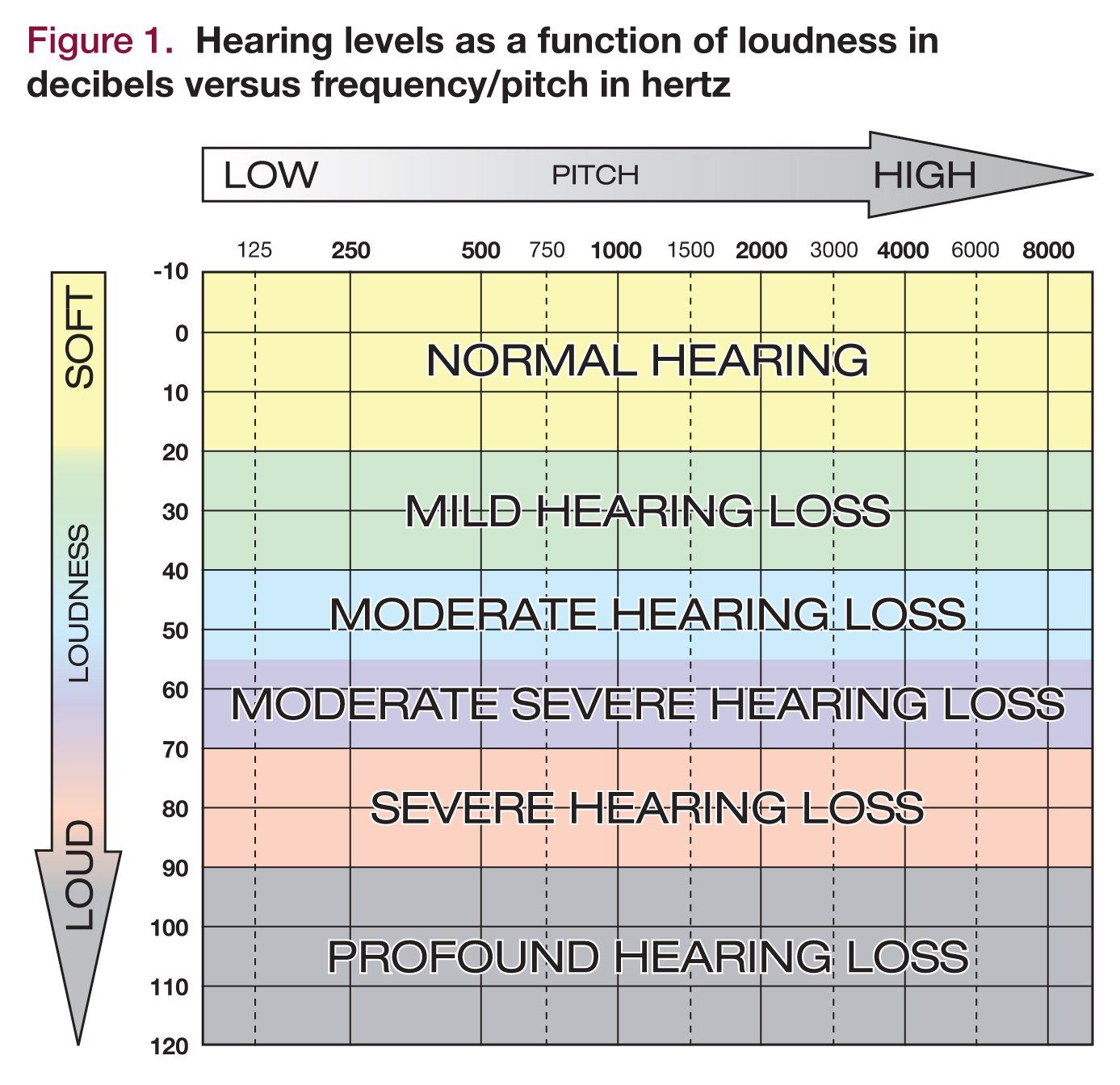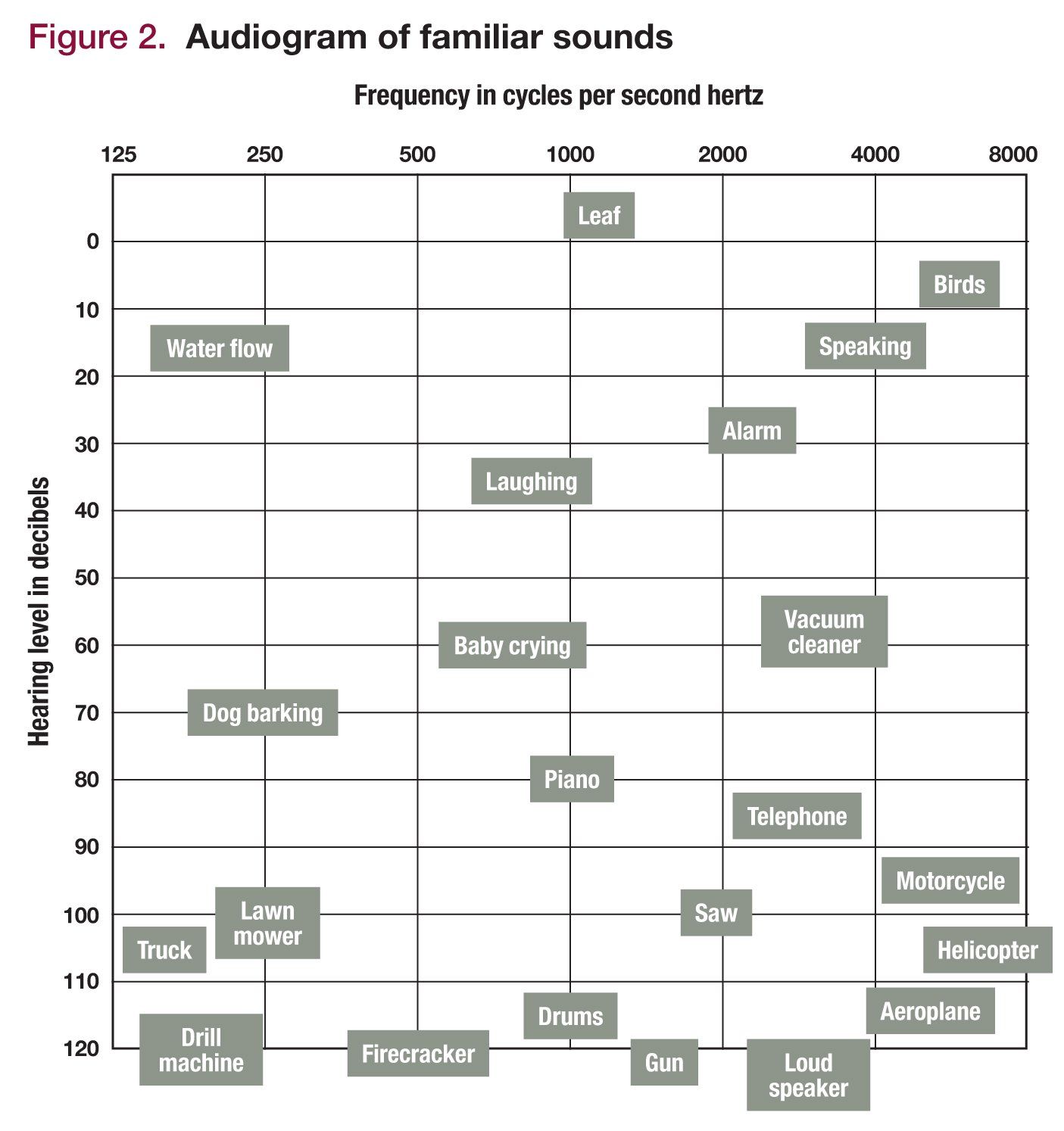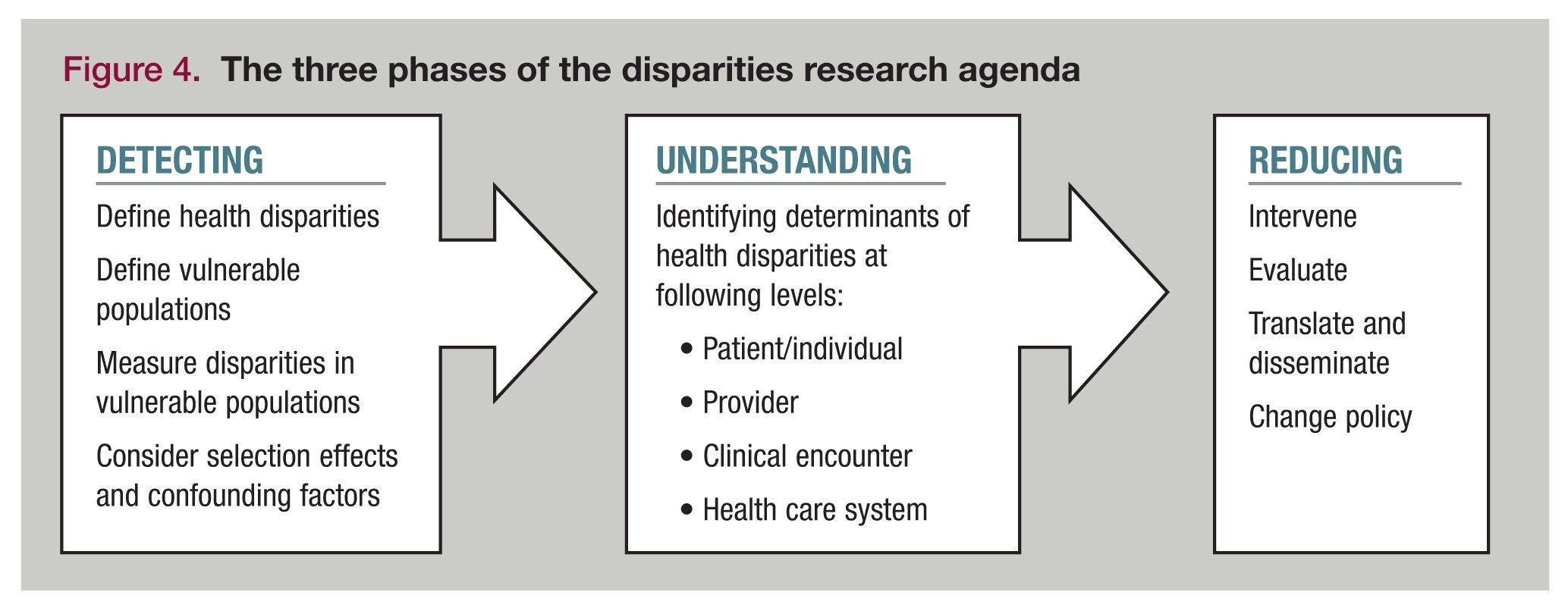Publication
Article
Psychiatric Times
The Psychiatric Assessment of People Who Are Deaf or Hard of Hearing
Author(s):
Hearing loss before the development of language has a major impact on communication, identity, and social development, as well as how mental health symptoms present.
Hearing loss is the sixth most common disability in the US with a prevalence of 9.4%.1 According to the National Institute of Health, 2 or 3 out of every 1000 children are born with a detectable hearing loss in one or both ears. More than 90% of children who are deaf are born to hearing parents. Approximately 15% of American adults aged 18 years and older have trouble hearing. Hence, the prevalence of hearing loss varies significantly with age.2
Hearing loss before the development of language has a major impact on communication, identity, and social development, as well as how mental health symptoms present. Learning to effectively perform a psychiatric evaluation and treat people who are deaf or hard of hearing is an important clinical skill. Few providers feel competent in this area.
In psychiatric training, we learn to ask questions about a person’s upbringing, his or her culture as well as educational background, current stressors, and physical health history. We assess a person’s language, communication skills, emotional health history, peer group, and available support system. When we assess people with hearing differences, we can expand on these basic probes. The first step in the assessment of people with hearing loss or deafness is to inquire about their language and the accommodations that are preferred by the patient for effective communication in the health care setting. Some people will prefer to rely on their residual hearing and will use hearing aids or FM system amplification.
A personal FM system is a wireless assistive hearing device that will enhance the use of hearing aids or cochlear implants. It can also help people who are hard of hearing who do not wear hearing aids over distance and noisy environments. FM systems enable sound to be picked up close to the speaker and transmitted directly to the patient’s ear to provide for greater clarity. Others can be fluent in American Sign Language and will request an interpreter.
It is important in a psychiatric assessment to review some basic issues such as:
• Degree of hearing loss
• Age of onset of hearing loss or deafness
• Language development and identity
• Perceptions and knowledge about mental health
• Manner that hearing loss or deafness has influenced their life
• Whether communication issues remain as a chronic stressor
• Accessibility of mental health resources
Figure 1. Hearing levels as a function of loudness in decibels versus frequency/pitch in hertz

Figure 2. Audiogram of familiar sounds

Figure 3. Audiogram

Quantifying hearing loss
When a person is struggling to hear spoken language, psychiatrists should discuss with the patient services that an audiologist can offer. The audiologist will quantify and will map what sound a person can hear in each ear at different levels of loudness. For example, Figure 1 illustrates that a person with normal hearing hears sounds as soft as 20 decibels loud across the frequencies from 250 to 8000 hertz. Someone who has moderate hearing loss would only be able to recognize sounds that were present at an average sound level of 50 decibels.
Most speech sounds occur at a loudness of between about 30 and 40 decibels. The range of sounds that must be heard in order to understand spoken English is typically referred to as the “speech banana.” This area is represented by the shaded area on the audiogram in Figure 2. If a person has even a mild hearing loss in the 10-20 decibel range, clear understanding of speech is negatively impacted.
Hearing loss in late life
The incidence of hearing loss in senior citizens is quite high. Approximately one in three people between the ages of 65 and 74 have hearing loss. Among senior citizens, high- frequency hearing loss is very common (Figure 3). Hair cells in the cochlea can become damaged as we age. As a result, high pitched sounds from between 4000 to 8000 hertz are no longer easily audible.
There is a complex correlation between hearing loss and depression. It is important for people who have hearing loss and their families to be informed of the effects of hearing loss on self-esteem. People with hearing loss often find communication to be difficult. This can lead people with hearing loss or deafness to feel socially isolated, stressed, and fatigued.3,4
After a thorough evaluation, an audiologist can fit a person with a hearing aid. A hearing aid can amplify sound to help some people understand spoken language better. Audiologists may also inform patients about new assistive technologies that can enhance life. Devices such as amplified or captioned phones, FM systems, or sound field loops can be recommended for use at public theatres. Audiologists can assist in finding payment plans if insurance companies do not cover the cost of hearing aids.
Studies show that once sound amplification is achieved self-esteem is improved and anxiety are reduced.4 Moreover, sound amplification increases environmental awareness and can slow the progression of dementia and speed the resolution of delirium as well.3
Prelingual hearing loss/deafness
Hearing loss can happen at any age. Congenital hearing loss is estimated to occur in about 2 in every 1000 births. Numerous factors have been identified that may cause hearing loss congenitally. Exposure to cytomegalovirus, toxoplasmosis, rubella, measles, and mumps in utero may lead to hearing loss. Hypoxia and intraventricular hemorrhage are other possible causes. Genetic factors and syndromes are other commonly reported causes of hearing loss; however, most hearing loss is not heritable.
In 1993, the NIH held a consensus development conference that endorsed the screening of all newborns for hearing loss before they leave the hospital. Now hearing loss is identified earlier compared with 30 years ago, and intervention efforts begin much more quickly. Before newborn hearing screening became standard practice, hearing loss was often not recognized until a child entered school.
Because most children with hearing loss have hearing parents, many new questions will arise. Early intervention professionals will educate families about options for amplification if hearing loss is mild to moderate. They may raise the options of learning American Sign Language or obtaining a cochlear implant if hearing loss is severe to profound. These decisions may be overwhelming for parents. Some parents who are deaf themselves may have very strong opinions about acceptable interventions for their deaf child and may be quite opposed to surgical interventions such as cochlear implants.5
Child psychiatrists can encourage family members to learn all there is to know about amplification and language development; families can learn American Sign Language. The American Society for Deaf Children (deafchildren.org) can help providers to familiarize themselves with the many challenges of raising a deaf child.
As a child transitions to the educational system, parents must decide about which type of school placement will best match their child’s language and learning needs. Before 1975, 80% of deaf students were educated in special schools for the deaf. After the Education of all Handicapped Children Act passed, which called for children to be educated in the least restrictive environment with non-handicapped peers, enrollment in specialized schools sharply declined.
Students with hearing loss are now commonly educated with children who have no hearing loss. Inclusion may include an assortment of additional supportive services for the child such as note takers, interpreters, teacher’s aids, teachers of the deaf, and audiology services. Deaf and hard of hearing children often struggle with reading and language related courses. Parents should be encouraged to seek re-evaluation and ask for tutoring support if their child is struggling.
In an inclusion model, some deaf children may find it quite difficult to communicate with classmates and teachers.5,6 Deaf educators who are proponents of self-contained classes or specialized schools for the deaf note higher self-esteem among students when they are with a peer group with whom they can freely communicate. Because the educational placement options that parents must choose are so vastly different, it is important that child psychiatrists encourage parents to tour all school options that are available to them. Encourage parents to consult with other parents and professionals.
Identity
The school and language choice that is made by parents for their deaf or hard of hearing child has a major influence on the child’s developing identity. As children mature, they should be encouraged to further explore their social identity. Young people may preferentially socialize with other deaf or hard of hearing people. Youths will assess their communication comfort in relationships with hearing peers as well. Young adults may identify a greater sense of belonging with one peer group over another.
Young adults may elect to go to colleges with proportionately more deaf or hard of hearing students. The National Technical Institute of the Deaf in Rochester, New York and Gallaudet University in Washington, DC, are two such post-secondary schools.
Social supports/peer group
Deaf clubs exist in most large cities. These clubs serve as social hubs for people who are fluent in American Sign Language (ASL). Club members self-identify as being part of a deaf culture that has distinct values, traditions, and pride in fluency in ASL. Members of this community share a strong sense of belonging and identity in which they are quite invested. Members of this community might reject the idea of “impairment” and prefer to be viewed as being from a linguistic minority.
People who identify as being” hard of hearing” generally more readily accept the notion of having a hearing disability. Typically, they are more inclined to rely on residual hearing and speech reading and have a hearing aid or cochlear implant. They can benefit by joining with others who have hearing loss in a group setting. They share common experiences and discuss stressors in an environment where others can identify with the same communication struggles.
Hearing loss support groups (www.hearingloss.org) exist in most larger cities for people who self-identify as “hard of hearing.” Computer-based chat rooms are available for special interest groups such as cochlear implant users (hearingjourney.com).
Figure 4. The three phases of the disparities research agenda

Perceptions about mental health
Disparaties in access to information about mental health and access to quality mental health care for people who are deaf or hard of hearing is a significant public health problem (Figure 4). All people with hearing differences may attribute the onset of mental health problems as related to communication breakdowns or to oppression related to a lack of access to information. Hence deaf and hard of hearing people may delay referral for mental health treatment. Study findings indicate that people with hearing loss of all degrees are vastly underserved by the mental health system for a variety of reasons.1
Barriers to mental health care exist at the patient, provider, and payor level. Patients often lack basic knowledge about what constitutes a mental health problem. They may not know where accessible treatment can be found. Providers are often ill-prepared about how to access interpreters and how to bill for them. They may be poorly informed about relevant factors that may influence history taking and assessment. And payors may not provide adequate coverage to pay for needed specialized mental health services.
Access to services
In certain states, specialized services have evolved to better serve persons who are deaf or hard of hearing. In Alabama, Minnesota, and South Carolina, a “single point of service” system has been established for deaf persons where providers in the network know ASL and issues that are relevant to the hard of hearing population.
In Pennsylvania, a resource directory of providers who themselves are deaf or hard of hearing, know ASL, and are familiar with that culture as well as audiology-related matters is available. The local list of providers is posted on the website www.healthbridgesinfo.
Building accessible mental health care services
There are no specialized services designed specifically to meet the mental health needs of signing deaf patients or hard of hearing people in most states. Disproportionately few deaf or hard of hearing people seek mental health care.1 Deaf and hard of hearing people are more inclined to present for emergency-related care than outpatient care.7 Hence psychiatrists in training do not have many opportunities to learn to work with the hard of hearing. Some training sites have created online learning tools, community training collaborative, or virtual patient trainings.7,8 The Minnesota Department of Human Services has developed an online training as a first step in helping to familiarize mental health professionals with the topic (http://registrations.dhs.state.mn.us/Registration Courses/HearingLoss /welcome.intro.html).
As attention to rehabilitation medicine grows, there are efforts for the integration of rehabilitation and mental health treatment.9 In some audiology clinics, psychiatrists and other mental health clinicians are available for consultation. Some cities have created task forces where mental health providers can collaborate with advocates and deaf and hard of hearing professionals to plan joint training and service iniatives.10
Further research on best practice strategies for psychiatric training is needed. Information about assistive technology, hearing loss intervention, amplification, deaf culture, and the challenges involved in assessing the patient who is deaf or hard of hearing should become a standard part of training in psychiatric diversity training curriculum.
Disclosures:
Dr Mathos is Assistant Professor, Department of Psychiatry, University of Pittsburgh Medical Center, Pittsburgh, PA. She reports no conflicts of interest concerning the subject matter of this article.
References:
1. Mathos KK, Kilbourne A, Myers R, Post E. Disparities in mental health for persons who are deaf: advancing research towards action. J Am Deaf Rehab Assoc. 2009;42:152-166.
2. National Institute on Deafness and Other Communication Disorders. Statistical Report: Prevalence of Hearing Loss in US Children, 2005. https://www.nidcd.nih.gov/health/statistics/nidcd-statistical-report-prevalence-hearing-loss-us-children-2005. Accessed May 6, 2019.
3. Mamo SK, Nirmalasari O, Nieman CL, et al. Hearing care intervention for persons with dementia: a pilot study. Am J Psychiatry. 2017;25:91-101.
4. Contrera K, Bertz J. Association of hearing impairment and anxiety in older adults. J Aging Health. 2017;29:172-184.
5. Mathos, KK, Broussard ER. Outlining the concerns of children with hearing loss and their families. Am Acad Child Adolesc Psychiatry. 2005;4:96-100.
6. Theunissen S, Frijns J. Depression in hearing impaired children. Int J Pediat Otorhinol. 2011;75:1313-1317.
7. Nolan B, Mathos KK, Fusco B, Post EP. Behavioral health providers who are deaf, deafblind, or hard of hearing: a national survey of the structure and domains of care. Soc Work Pub Health. 2015;30:462-472.
8. Mathos KK, Landsberger SA, Diaz DR, Barnett S. Experiences in psychiatric residency training: teaching about the mental health of persons who are deaf or hard of hearing. Acad Psychiatry. 2018;42:869.
9. Pertz,L, Plegue M, Diehl K, Zazove P. Addressing mental health needs of deaf patients through an integrated care model. J Deaf Studies Deaf Ed. 2018;23:240-248.
10. Mathos KK, Pollard RQ. Capitalizing on community resources to build specialized behavioral health services together with persons who are deaf, deaf blind or hard of hearing. Comm Ment Health J. 2016;52:187-193.







